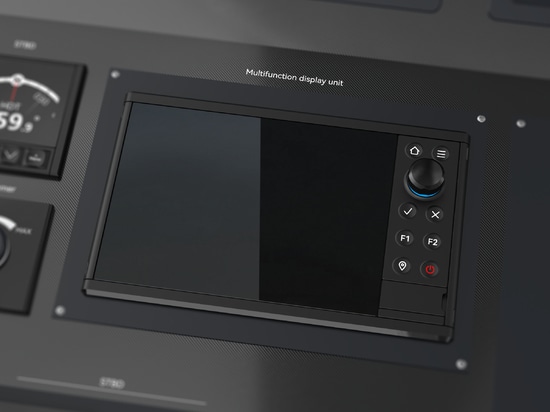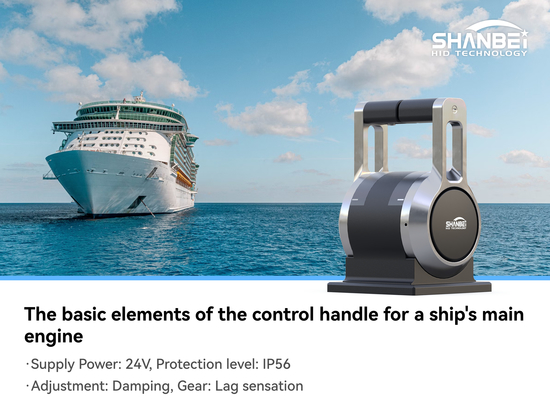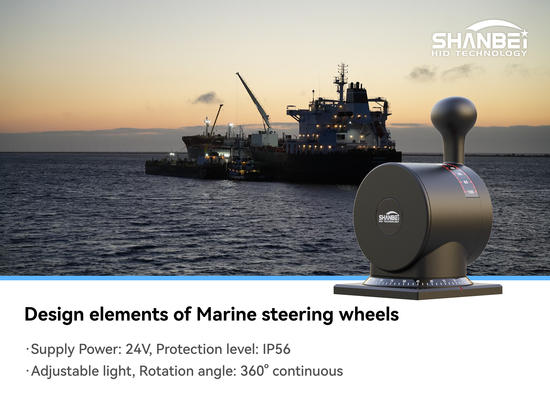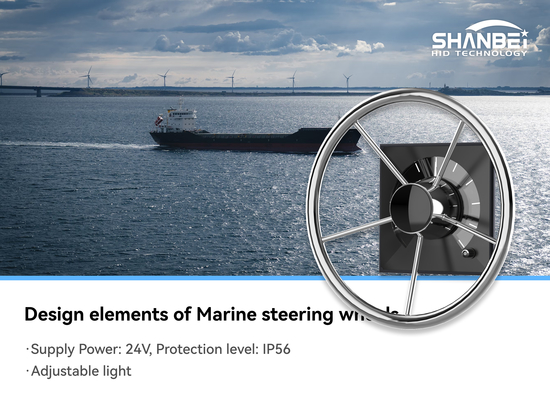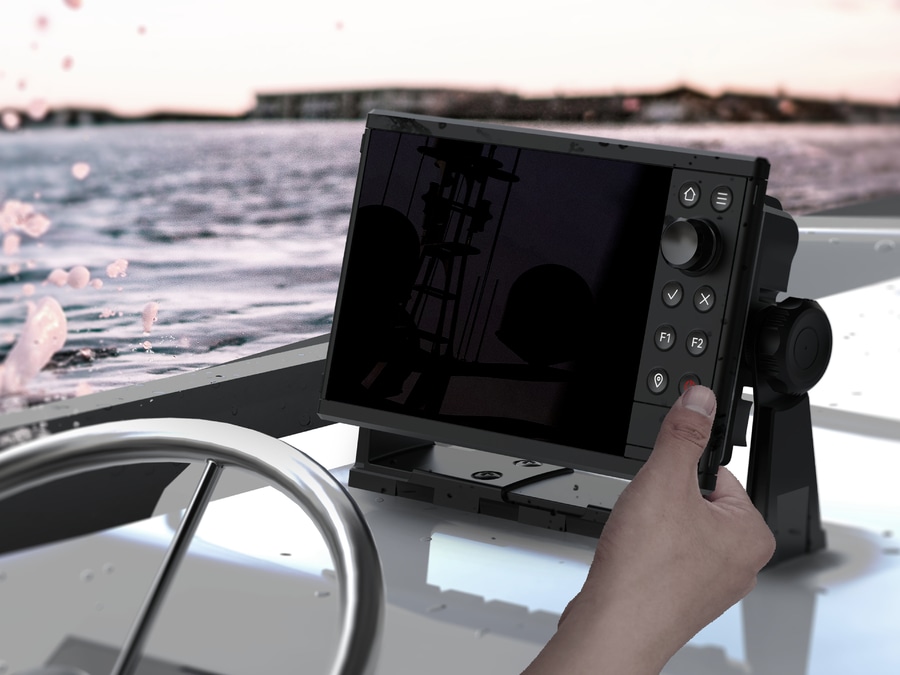
#Industry News
Key points of Multifunctional display design
The MFD (Multifunctional display) multifunctional display is the control center of the ship. They serve as interfaces for Marine electronic equipment and other digital devices, and integrate all these devices in an easily accessible way.
I. Functional and Operational Design
1. Integration and Modularity
(1)Integrate functions such as navigation, radar, and ship data. Adopt a hierarchical interface layout where core data is displayed permanently, and secondary functions can be collapsed.
(2)Implement modular hardware design, reserve standardized interfaces (e.g., NMEA 2000), and support plug-and-play for sensors as well as future upgrades.
2. Human-Machine Interaction Optimization
(1)Display: High-brightness screens (≥1000 nits) with anti-glare coatings for strong light conditions, support touch operation with gloves, and enable automatic dimming (day-night mode switching).
(2)Operation: Combine physical buttons with touchscreens (set independent buttons for key functions), preset gesture operations (zoom, slide to switch), and reduce operation steps (complete core functions within 3 steps).
-----------------------------------------------------------------------------------------------
II. Environmental Adaptability Design
1. Durable Protection
(1)Housing: Made of aluminum alloy or corrosion-resistant plastic materials, with anodized or anti-salt fog coated surfaces, and achieve an IP67 protection rating (dustproof and waterproof).
(2)Structure: Use shock-absorbing brackets and buffer materials internally, resist vibration and impact (comply with maritime standard MIL-STD-810G), and operate within a wide temperature range (-20°C~+60°C).
2. Detail Enhancement
(1)Use waterproof aviation plugs (e.g., M12) for interfaces, install waterproof cable glands at cable entrances, and coat circuit boards with three-proof paint.
(2)Feature low-power design (sleep mode + LED backlight), support dual-power input, and include a backup battery (retain data for 10 minutes in case of power failure).
-----------------------------------------------------------------------------------------------
III. Structural and Installation Design
1. Space Adaptation
(1)Compact body with narrow bezels, support embedded or external installation, and adjustable brackets to fit various cockpit layouts.
(2)Employ lightweight materials (magnesium-aluminum alloy) to reduce weight and avoid imbalance in ship load.
2. Maintenance Convenience
(1)Quick-detachable panels (connected by clips or magnets), with modular components that can be replaced independently.
(2)Install status indicator lights (for power and faults) on the housing to quickly locate problems.
-----------------------------------------------------------------------------------------------
IV. Aesthetic and Safety Design
1. Visual and Semantic Design
(1)Feature a tough industrial style (straight lines + obtuse angles), anti-slip frosted surfaces, and universal color coding (blue for navigation / red for alarms).
(2)Icons comply with IMO standards to reduce crew learning costs.
2. Safety Redundancy
(1)Require passwords or long presses for sensitive operations (to prevent accidental touches), and comply with maritime safety certifications such as IMO and IEC 60945.
-----------------------------------------------------------------------------------------------
Summary of Core Design Principles
(1)Practicality First: Integrate functions without overcrowding, and ensure simple and efficient operation.
(2)Environment-Oriented: Corrosion resistance, waterproofing, shock resistance, and wide-temperature operation are essential.
(3)Human-Friendly: Visible in strong light, operable with gloves, and dual protection of physical buttons and touchscreens.
(4)Sustainability: Low power consumption, recyclable materials, and modular upgrades to reduce waste.
